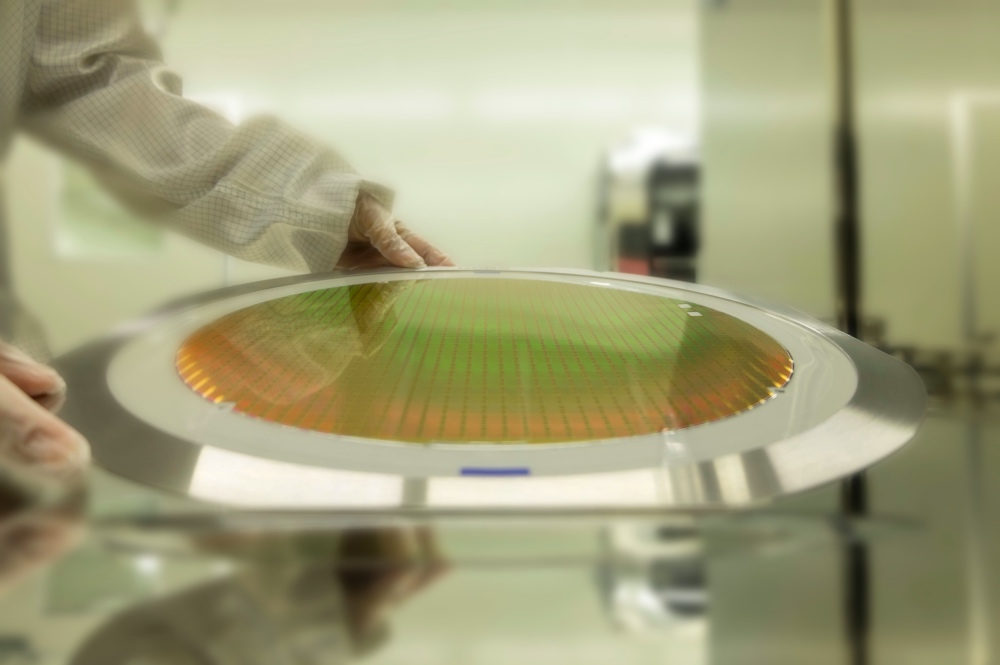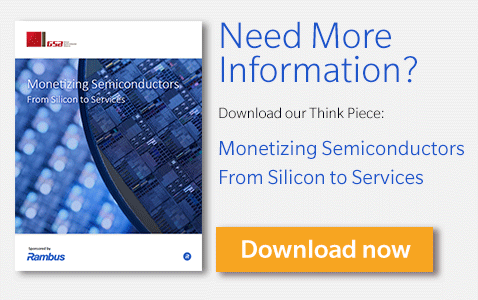In recent years, the semiconductor industry has faced a diverse range of challenges, including increasing development costs, shrinking margins, market saturation and accelerating M&A activity. These challenges have only become more pronounced in 2018, as the newly consolidated semiconductor industry actively seeks a return to stability and organic growth within a viable and collaborative business paradigm.
![]()
Consequently, companies are beginning to acknowledge the potential of new markets and downstream revenue opportunities as they explore a more comprehensive “silicon to services” model that spans the data center to the mobile edge. More specifically, with eroding ASPs and increasingly prohibitive design costs at ever lower nodes, many companies are searching for fresh revenue streams across a wide range of verticals comprising the Internet of Things (IoT).
However, with the IoT install base expected to increase by about 15 to 20 percent annually through 2020, security is currently perceived as both a major opportunity and a considerable challenge for the semiconductor industry. From our perspective, end-to-end IoT security solutions deployed as a Platform as a Service (PaaS) are critical in helping semiconductor companies generate renewable, downstream revenue for specific services. For customers, PaaS offers an easy way for customers to securely develop, run and manage applications and devices without the complexity of building and maintaining elaborate infrastructure.

In addition to services, the concept of open-source hardware (OSH) and building silicon from disaggregated, pre-verified chiplets is beginning to gain serious traction as companies move to slash costs and reduce time-to-market for heterogeneous designs. Indeed, the concept of pre-verified chiplets has also piqued the interest of the U.S. Defense Advanced Research Projects Agency (DARPA), which recently rolled out its Common Heterogeneous Integration and IP Reuse Strategies (CHIPS) program. In collaboration with the semiconductor industry, the successful implementation of CHIPS would see a range of IP blocks, subsystems and chips combined on an interposer in a 2.5D-like package.

Specific strategies to unlocking the full potential of silicon and services will undoubtedly vary, which is why it is important for us to explore a future in which semiconductor companies, along with various industries, organizations and government offices, play an open and collaborative role in helping to sustainably monetize both silicon and services.
Interested in learning more about monetizing semiconductors? You can download our eBook on the subject below.

